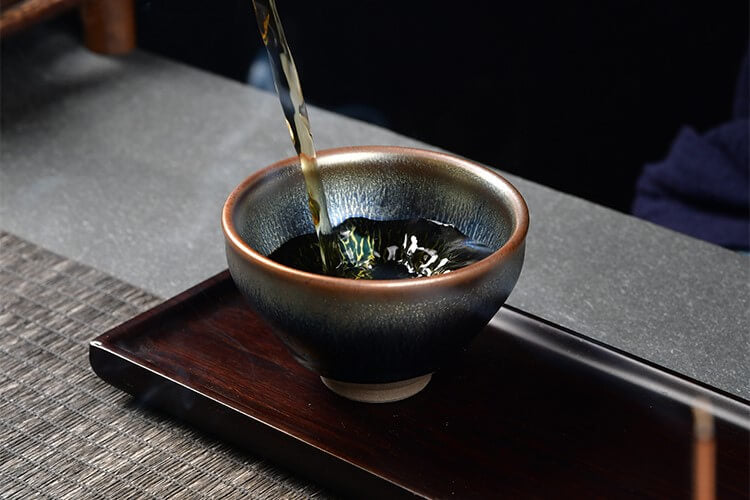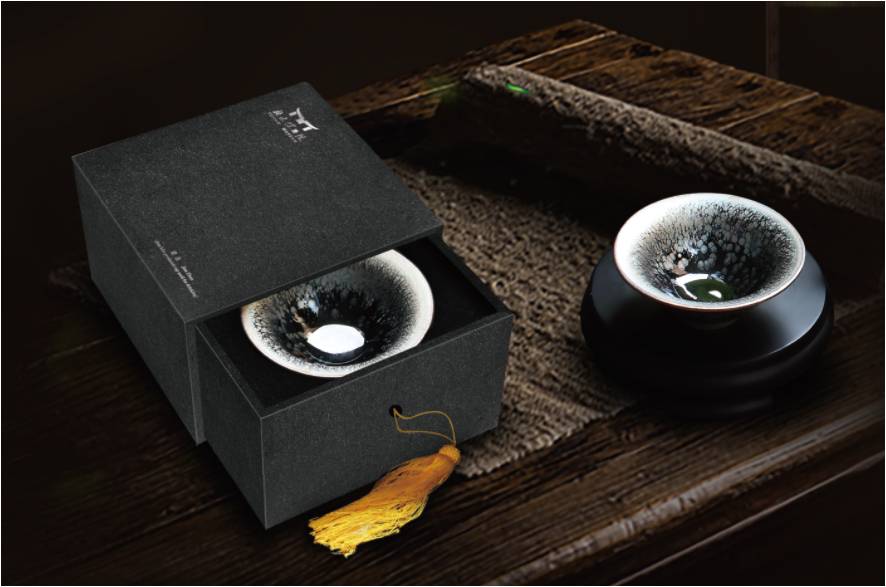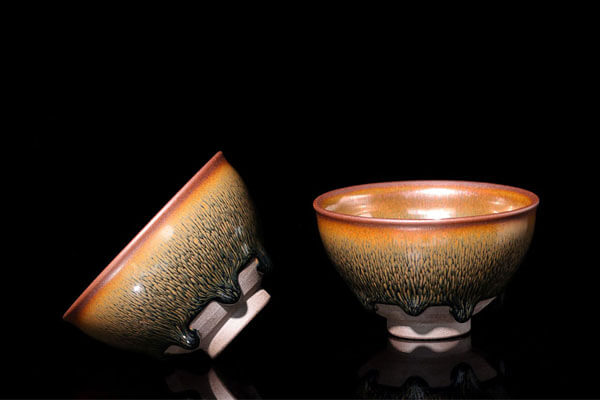Drinking Warm Light Tea: A Healthier Way to Enjoy Tea
Drinking warm, lightly brewed tea is not just an ancient custom—it’s also a time-tested method for promoting health and well-being. By understanding the principles behind this practice and mastering proper brewing and drinking techniques, tea lovers can turn a simple daily habit into a nourishing lifestyle. This guide explains why warm light tea is beneficial, how to brew it correctly, and what to keep in mind for healthy tea drinking.

1. Why Warm Light Tea is More Nourishing
The phrase “light tea, drunk warm, nourishes better” carries both traditional wisdom and modern scientific support.
From the Perspective of Traditional Chinese Medicine
Traditional Chinese medicine (TCM) holds that tea can be cooling or warming, depending on the type. But if tea is too strong or too hot, it disrupts the body’s yin-yang balance and strains the stomach and spleen. Light tea, being gentle, quenches thirst, clears the mind, and produces fluids without irritation. Drinking it warm protects digestive health, supports the body’s vital yang energy, and aligns with the TCM principle of “warming and nourishing.” Ancient texts say: “Tea is cold in nature, but should be drunk warm. Strong tea injures the spleen; light tea nourishes qi.”
From the Perspective of Modern Medicine
Modern research confirms several health advantages:
-
Lower stimulant intake – Strong tea is rich in caffeine and theophylline, which may cause insomnia, palpitations, or anxiety. Light tea preserves beneficial compounds while reducing overstimulation.
-
Protection for the digestive system – Tea hotter than 65°C can damage the mouth, esophagus, and stomach lining. Warm tea avoids this risk, supporting healthy digestion and nutrient absorption.
-
Better nutrient absorption – Tea polyphenols, amino acids, and vitamins in light tea are easier for the body to absorb, maximizing their antioxidant and immune-boosting effects.
2. Brewing Light Tea: Finding the Right Balance
Brewing light tea may look simple, but it requires attention to tea quantity, steeping time, and water temperature.
Control the Tea-to-Water Ratio
-
Green or yellow tea – 3–5 g per 150–200 ml water.
-
Black tea – about 5 g per 200 ml water.
-
Oolong tea – 5–7 g per 150 ml water for a milder taste.
-
Dark tea or Pu’er – 5 g per 150 ml water, with a quick rinse for the first brew.
Beginners can start small and adjust until reaching a clear, fragrant tea soup with an elegant taste.
Watch the Steeping Time
-
Green/yellow tea – First brew: 30–60 seconds, adding 10–15 seconds for each refill.
-
Black tea – 1–2 minutes (not over 3 minutes).
-
Oolong/dark tea – After rinsing, start with 1 minute, then gradually extend.
Choose the Right Water and Temperature
-
Water quality – Use soft water, such as filtered or spring water. Avoid hard tap water.
-
Temperature – 80–85°C for green/yellow tea; 90–95°C for black, oolong, or dark teas.
3. Drinking Tea Warm: Timing and Technique
“Warm drinking” refers not only to temperature but also to timing and method.
Best Drinking Temperature
40–50°C is ideal: mild, soothing, and safe for the digestive tract. Avoid tea hotter than 65°C, and avoid cold tea if you have a weak stomach.
Ideal Times to Drink
-
Morning – Light warm tea gently wakes the system and replenishes fluids.
-
Before/after meals – Half an hour before meals aids digestion; an hour after meals avoids nutrient absorption issues.
-
Afternoon break (3–4 pm) – Refreshes without causing insomnia.
-
Evening (1–2 hours before bed) – Light black or ripe Pu’er helps relaxation if consumed in small amounts.
Drinking Method
Sip slowly, 10–20 ml at a time. Let the tea roll across the mouth before swallowing. Avoid gulping, which burdens digestion and diminishes enjoyment.

4. Precautions: Avoiding Common Mistakes
Even a healthy habit can lose its benefits if done incorrectly.
-
Light tea ≠ tasteless tea – Properly brewed light tea still has distinct aroma and flavor; it should not be bland.
-
Choose teas by body constitution –
-
Cold constitution → black or ripe Pu’er (warming).
-
Hot constitution → green or white tea (cooling).
-
Weak stomach → fermented teas (gentler on digestion).
-
-
Special groups should take care –
-
Pregnant/lactating women: limit intake to 300 ml/day, avoid strong tea.
-
Anemia patients: drink tea 2+ hours away from meals.
-
Insomnia sufferers: avoid caffeinated tea after 4 pm.
-
Those on medication: consult a doctor before drinking tea.
-
5. Long-Term Benefits of Drinking Warm Light Tea
With consistent practice, the body and mind can experience clear improvements:
-
Stronger digestion – Reduced irritation and better gastrointestinal function.
-
Better hydration – Tea replenishes fluids gently without over-diuresis.
-
Calmer mood – Less nervous excitement, more mental balance.
-
Anti-aging support – Antioxidants from tea are absorbed more efficiently, delaying cellular aging.
Final Thoughts
The wisdom of “drinking light tea warm” emphasizes balance over intensity. By choosing the right tea, brewing lightly, and drinking at the right temperature and time, tea lovers can transform each cup into a source of nourishment and tranquility. Beyond refreshment, this practice carries the spirit of harmony between tradition, health, and daily life—making tea not just a beverage, but a way of well-being.






